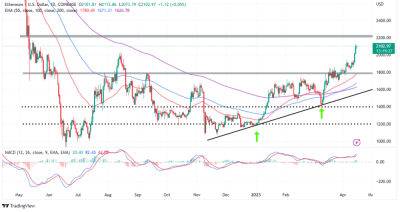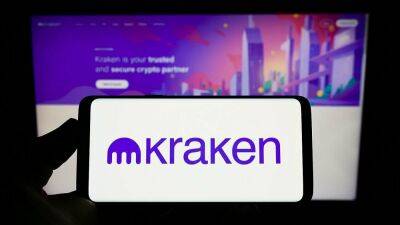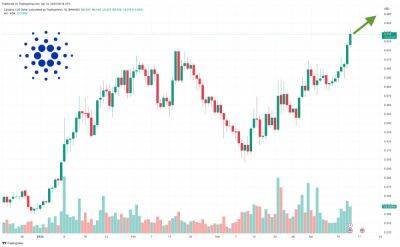When levees break, liquidity flows — Analyzing Ethereum Shapella and liquidity staking derivatives
The Ethereum network’s planned Shanghai hard fork is nearly here. Planned for April 12, this is the first major upgrade since The Merge in September 2022. The “Shapella” upgrade (a combination of the two major proposals Shanghai and Capella), includes EIP-4895 which enables validators to withdraw staked ETH from the Beacon chain (Consensus layer) to the EVM (execution layer). The execution layer is the fun and friendly Ethereum users have come to know and love.
Why is this a big deal? With just over 18 million ETH currently staked (valued at just over $33 billion at the time of writing), some of which has been locked up for years, the possibility of these tokens flooding an already teetering market is enough to get some holders ready to sell the news once withdrawals are enabled.
For holders who are both long and short ETH post-withdrawals, it’s likely to be a significant event, and on-chain activity suggests many feel the same: activity around liquid staking derivatives (LSDs) can be a useful gauge for what the market might do post-unlock.
What are liquid staking derivatives? They are a relatively new financial instrument born of DeFi that function like bearer instruments for staked ETH. Similar to how borrowing and lending protocols give users a share token to represent locked collateral (think Aave’s a-tokens), staking ETH generates a wrapped asset used to claim the equivalent amount of Ethereum from the staking platform. When a staker deposits ETH with major platforms like Lido, Rocketpool, Frax, Stakewise and now Coinbase, they receive a platform-specific flavor of LSD. Because staked tokens are illiquid, these wrapped assets allow stakers to continue earning rewards while securing the network without completely
Read more on cointelegraph.com













